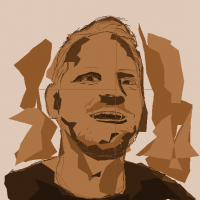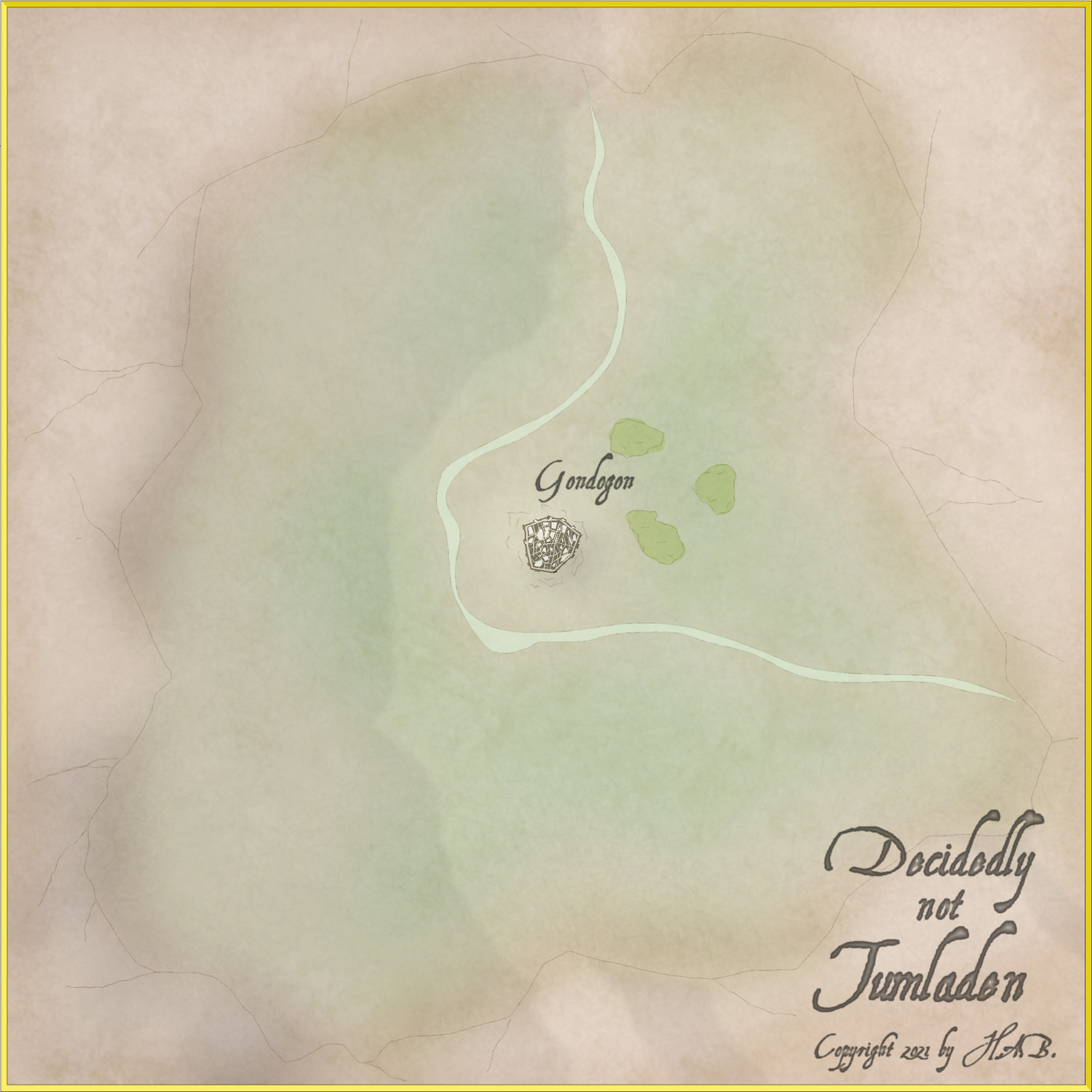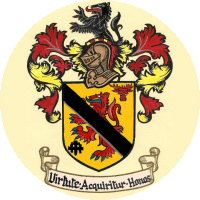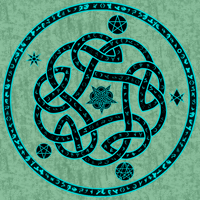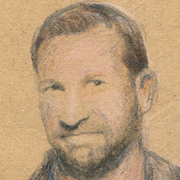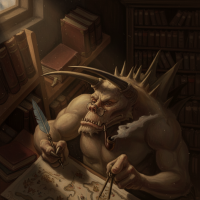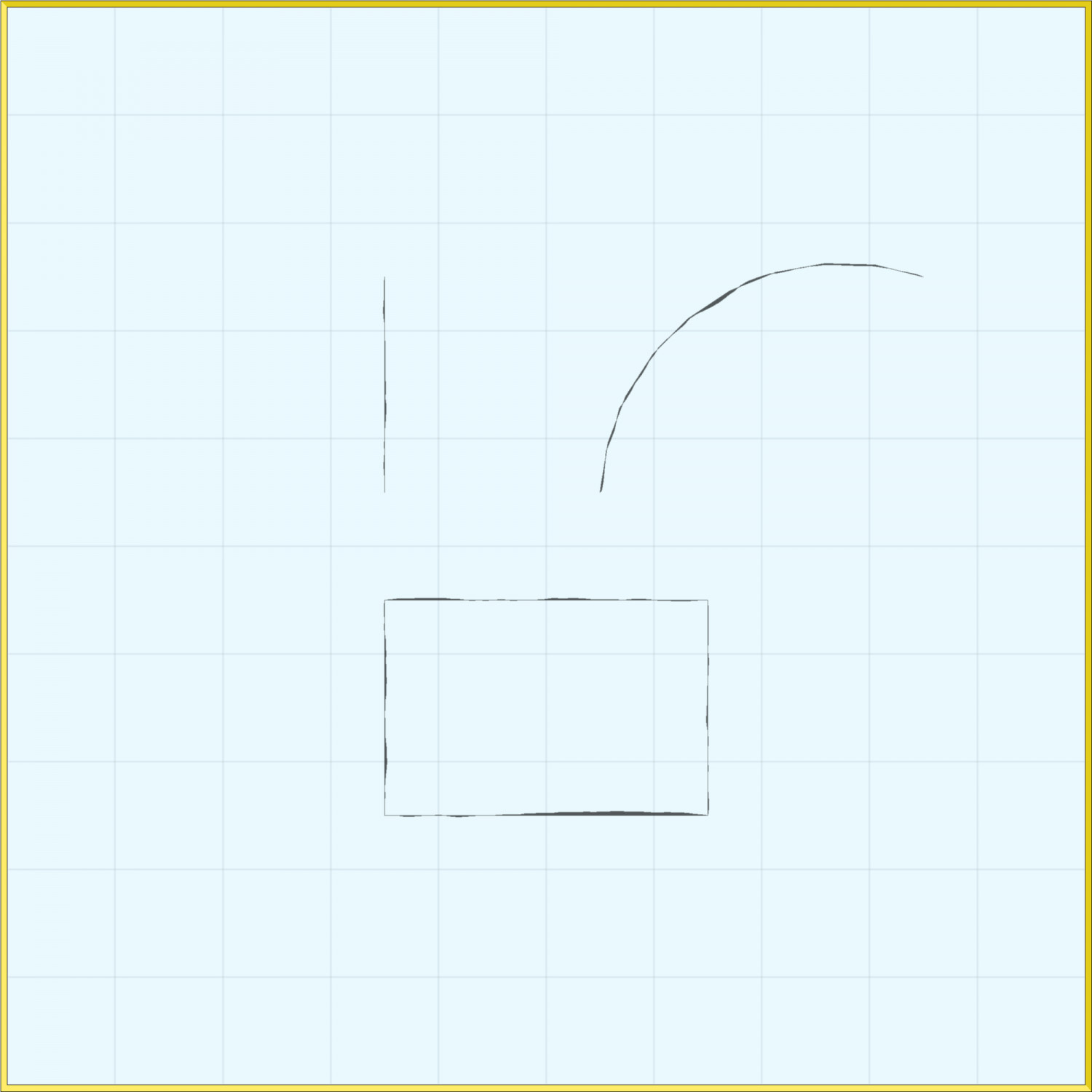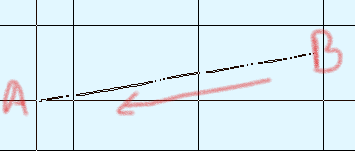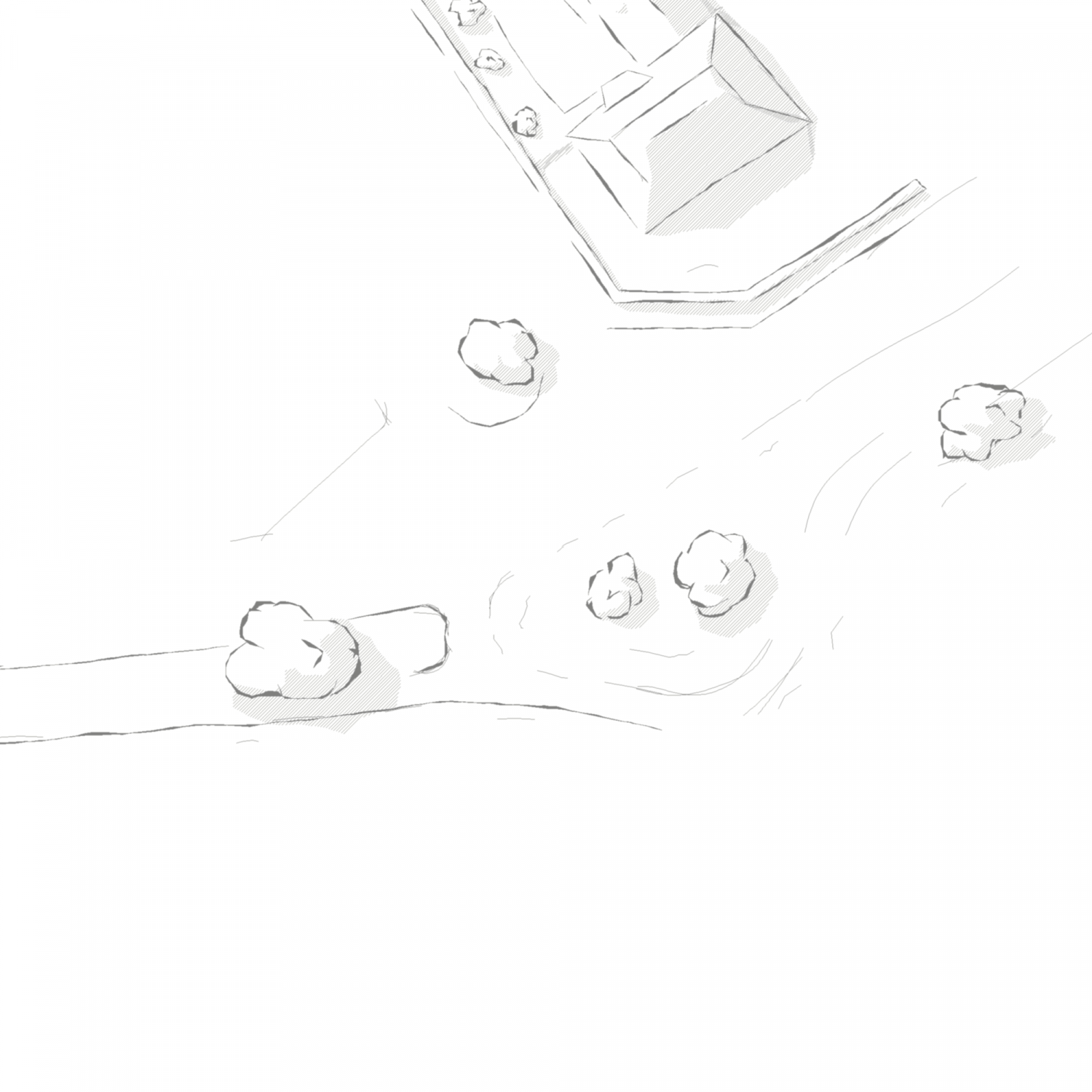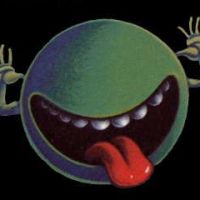
Lillhans
Lillhans
About
- Username
- Lillhans
- Joined
- Visits
- 2,008
- Last Active
- Roles
- Member
- Points
- 2,066
- Location
- Sweden
- Rank
- Surveyor
- Badges
- 13
Reactions
-
More diluted colours thing
-
Smudge Topography Shenanigans (of Doom)
-
Simulating a hand-drawn line
It does the job for sketchy ballpen/goose feather rather well, I think.
Finding the sweet spot with line width and Blur can get you that not-so-sloppy ballpen, allowing for using line/curve tools rather than polygons. Which of course is a bit of a time-saver and still very much capable of approximating hand-drawn qualities.
-
Simulating a hand-drawn line
Three polygons in a 5 ft square environment. Arc tool was used for the arc, and then Line-to-Path:d so as to make it possible to Trace the polygon along it. And you can do that with just about any of the line/curve tools so you are 100% not limited to straight lines.
Granted, the longer the path, the more nodes you'll have to put down going back to the point of origin to keep width in check but, as @Quenten has already pointed out, fractal settings of the polygon tool come into play there also.
So if I were to "draw" a straight line I would start with nodes A and B, having dialled the fractal count down to 0.
Then, going back I bump up the fractal count and node my way back to A from B.
So the boundaries of the polygon are the 4 nodes A, B, half-way between A and B, and finally back at A. The Closed polygon then, not knowing any better (bless its heart), fills the shape as per your fill settings (Solid of whatever colour of your imaginary pen, ideally).
And the same would go for tracing along a previously established Arc or Circle or Fractal or Curved path.
The rest is just the cunning use of Blur, as pointed out by @Loopysue, and putting your actual drawing skill to use or - as is the case with myself - emulating the drawing skill of others or just tracing over pre-existing imagery.
-
Is there a way to do a raised wood effect?
Drop Shadow would be the ticket, as per @Loopysue's suggestion, with the addition that because sheet effects apply wholesale to all entities in a sheet you also need multiple sheets to accomodate the sense of variations in height.




